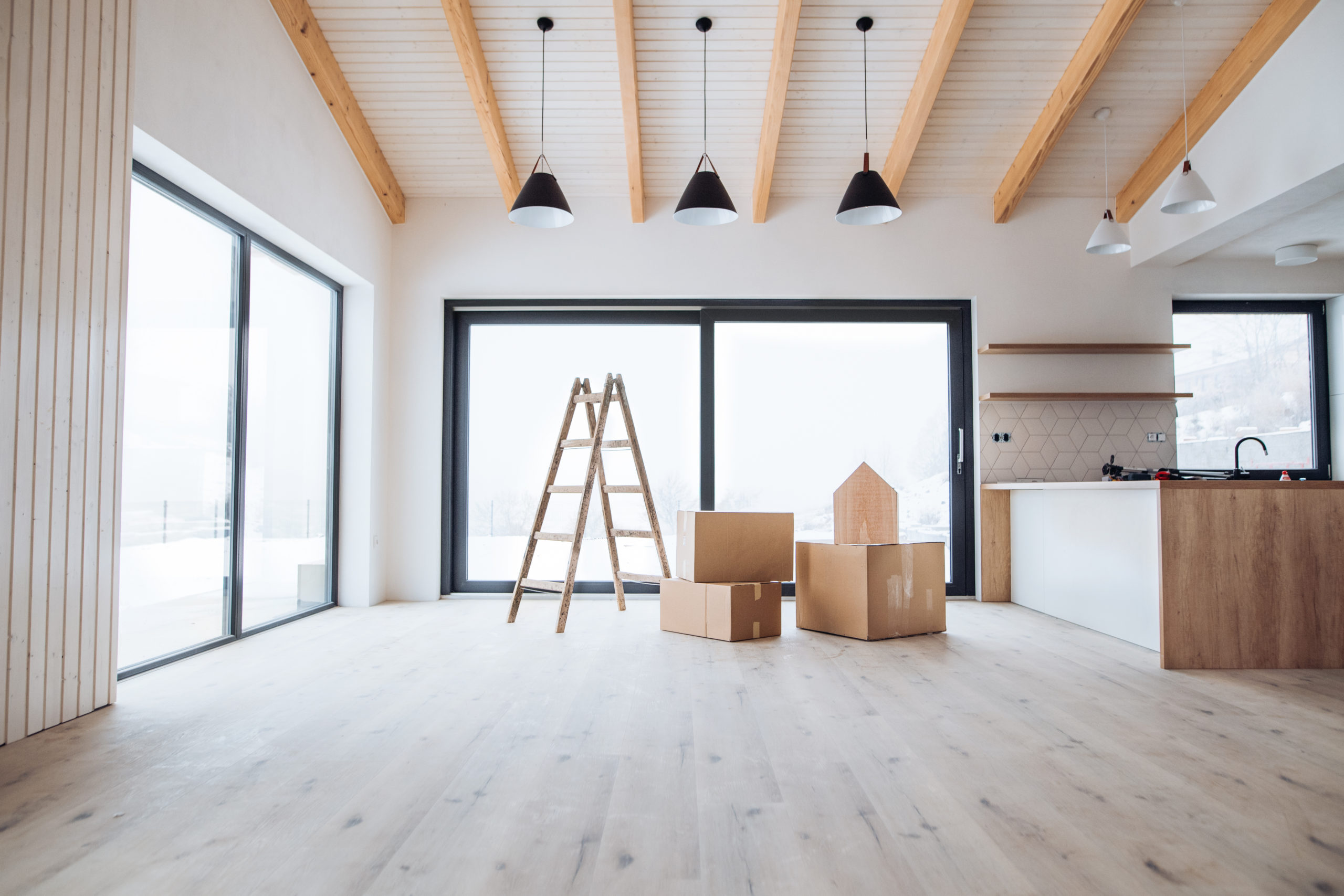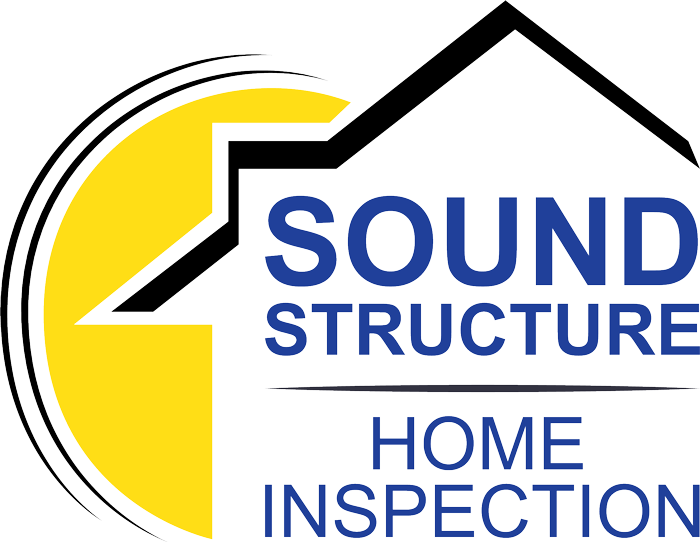
It’s no secret that there’s a substantial amount of money that can be made when it comes to flipping houses. Yes, some may be self-destructive money pits, but most are well-established homes that can be flipped for a lucrative profit. While the prospect of flipping one’s home for a profit may sound enticing, it’s actually a painstakingly long process that requires a lot of work and a lot of patience.
One of the necessary components in flipping a home is the purchase of a home inspection. Just as its name suggests, a home inspection is simply just an in-depth inspection of one’s property. This allows for any problems or issues the house may have to be properly examined and fixed. But what actually goes into the process of a home inspection?
Back To The Basics: What To Expect From A Home Inspection
There are many components that come with a home inspection. Professionals are careful to pay attention to things such as a home’s heating system or central air conditioning system. While the inspector won’t tear apart your home, it’s important to give them as much room and space to work with in order to get a more in-depth report on the ins and outs of your home. Think of your home inspector as a doctor for your house.
These inspections usually last around three or four hours, and it is absolutely crucial that you attend the inspection so you can get a better understanding of your home. During these inspections, the inspector will take into account a multitude of factors, such as the viability of the home’s walls, roof, and even floors. This allows for a more thorough inspection and a more conclusive report.
Batteries Not Included: What All Comes With A Home Inspection
A home inspection is an in-depth process that includes many moving pieces. During a normal home inspection, the inspector will analyze both the home’s interior and exterior, drawing conclusions on multiple factors such as water damage, structural issues, and even piping and plumbing. While there are multiple aspects that a home inspector takes into account, they do not examine any cosmetics of the home unless they find it to be a safety hazard. For example, inspectors will report on cracks or water stains but won’t report something such as paint peeling.
Ultimately, a home inspection evaluates the safety of the home while also determining the home’s worth and overall value. Through this simple yet demanding process, the homeowner is able to truly understand the worth of the home they are planning to sell.
Under The Magnifying Glass: What To Look For During A Home Inspection
A home inspection is an incredibly important part of flipping a home, so it’s absolutely crucial that you are completely hands-on when it comes to your home inspection. By being present for your home inspection, you are allowing yourself to see firsthand everything you need to fix or change in order to sell your home successfully. You will also be given a chance to ask any questions or raise any concerns to the inspector. This will give you a better understanding of what you need to fix about your home.
